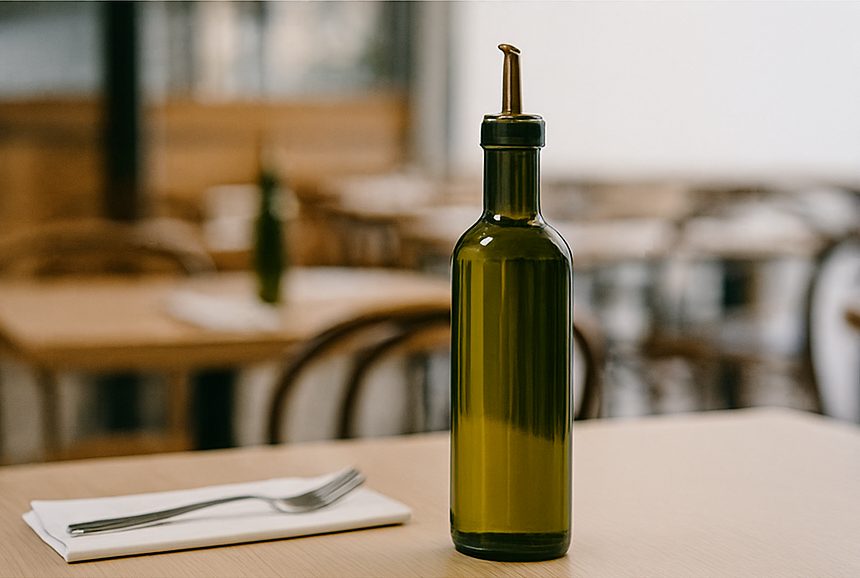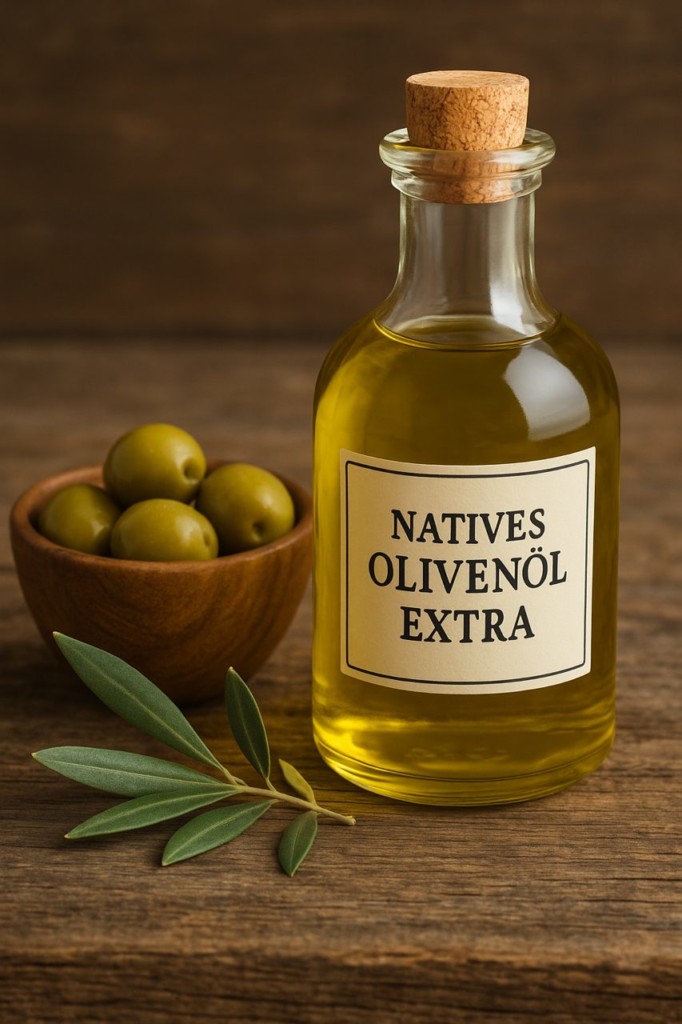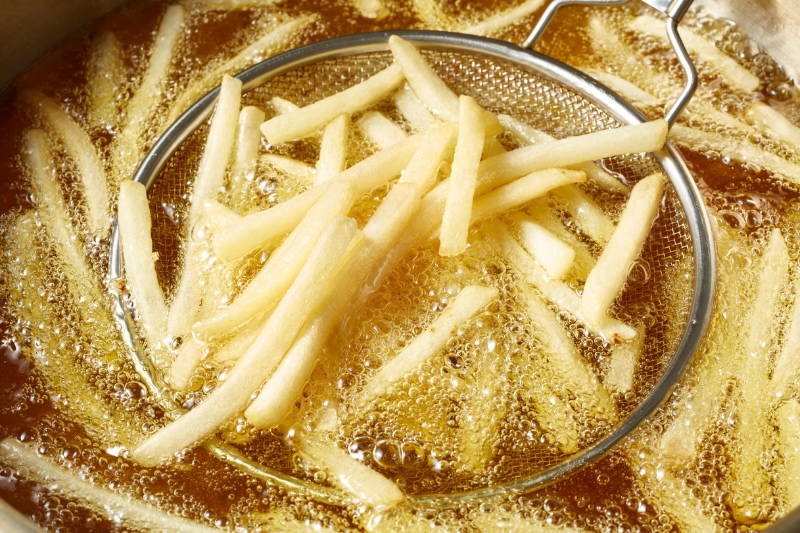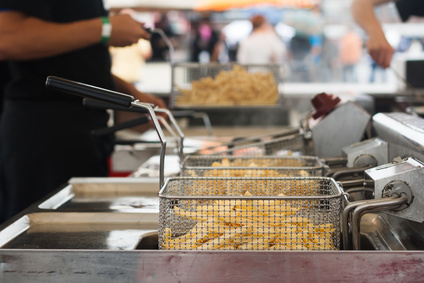When it comes to groceries, one often asks oneself: throw away or cut away?
A small pelt on an orange or a green spot in homemade jam, when does mold actually become dangerous?
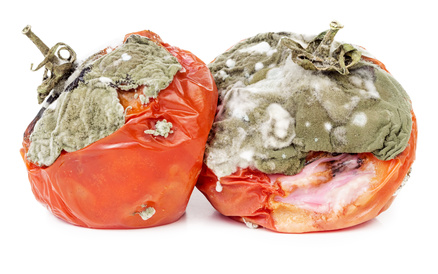
Mold on food is not only disgusting, but often also a health hazard. Mold can produce toxins called mycotoxins, which are often carcinogenic and liver-damaging. People who regularly inhale or eat mold endanger their health.
However, not all molds are poisonous. Of course, there are also noble molds that are used in the food industry and that are desired, for example on blue cheeses such as Camembert or sausages such as salami. For consumers, it is not always possible to distinguish between questionable and harmless.
Ideally, when it comes to food, you can rely on your senses, such as sight, smell and taste. Sometimes mold isn’t visible to the naked eye, but food tastes or smells spoiled. The changed, mostly musty smell or taste is often a clear indication that a product is no longer edible.
Even if it breaks your heart to throw the jam you have made yourself in the trash, unfortunately if there is a mold stain in the jam jar, simply scraping off the mold is not enough to remove it. In most cases, the visible amount of mold is just the tip of the iceberg and the invisible mold roots are already protruding into the entire jam.
Moldy dairy products such as yoghurt, cream cheese or quark should be disposed of immediately if they are moldy. These products contain a high proportion of water and the mold continues to multiply rapidly. Molded cheese should always be stored separately and well packaged.
Mold on cold cuts such as Lyoner or Teewurst is clearly dangerous and leftovers should therefore no longer be eaten.
With air-dried ham or sausage types, you can generously cut away the smallest mold stains, as these products contain a high salt content and little water. The mold cannot spread so quickly in the salty environment. However, if you have your doubts and/or notice sensory changes, it is better to throw away more than too little.
If tomatoes or cucumbers are moldy, you can assume that the whole vegetable is already infected and dispose of it as a whole. Fruit and vegetables should be examined carefully when you buy them and moldy fruit should be sorted out or thrown away immediately. In addition, spoiled fruit should not be processed into compote or jam. It is better to dispose of moldy tangerines, oranges or lemons immediately and rinse the peels of the other fruits with warm water, otherwise other fruits will be “infected” with the mold spores from the air.
Moldy nuts should be disposed of immediately. If a nut in the muesli is no longer good, the entire muesli pack should be discarded as a precaution.
Moldy bread should also be disposed of immediately, because often you only see part of the mold on the bread, although the whole loaf of bread is already moldy. You can prevent this by always cleaning the bread box well and wiping it out regularly with vinegar water.
If attention is paid to cleanliness and hygiene in the refrigerator and the fruit and vegetable compartments are cleaned regularly with warm water and washing-up liquid, mold spores have less of a chance of infesting the freshly bought products.

